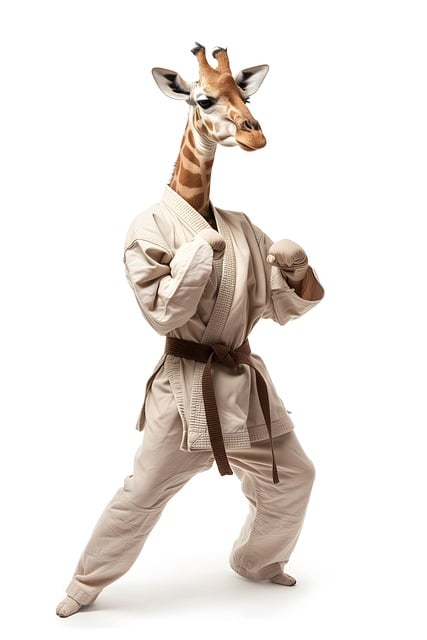Martial arts uniforms play a crucial role in the practice and discipline of various combat sports. They serve as standardized gear that allows practitioners to train effectively while maintaining respect for tradition and the art form. These uniforms, also known as gis, are designed to facilitate movement and provide durability during exercises and sparring. Selecting the right martial arts uniform is essential for comfort, functionality, and protection, ensuring that athletes can perform at their best. They are available in different styles and materials, catering to diverse needs such as Brazilian Jiu-Jitsu (BJJ), Judo, Karate, and Kung Fu. Whether you're a beginner or an experienced martial artist, investing in a quality uniform is important for your practice and growth within the art. It's recommended to choose a uniform that aligns with the specific requirements of the discipline you are practicing and offers the right fit and flexibility for optimal performance.
Discover the essentials of martial arts attire with our focus on the traditional garb that defines the practice. Known colloquially as a “gi” or “keikogi,” the karate uniform serves as both a symbol of respect and a practical component for practitioners. This article will guide you through the features, history, and significance of martial arts uniforms in the discipline of karate, ensuring you’re well-informed on this quintessential aspect of martial arts training.
In conclusion, the quintessential garb donned by practitioners of karate, as well as other martial arts, is commonly known as a gi. This traditional uniform, characterized by its white cotton fabric and simple design, serves as both a symbol of respect for the discipline and as a practical attire that facilitates movement during training. Whether in dojos worldwide or in competitive arenas, the gi remains an integral part of the martial arts experience, unifying participants across various styles under the umbrella of martial arts uniforms.
